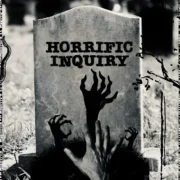CITY OF GOD: A Bridge Into World Cinema
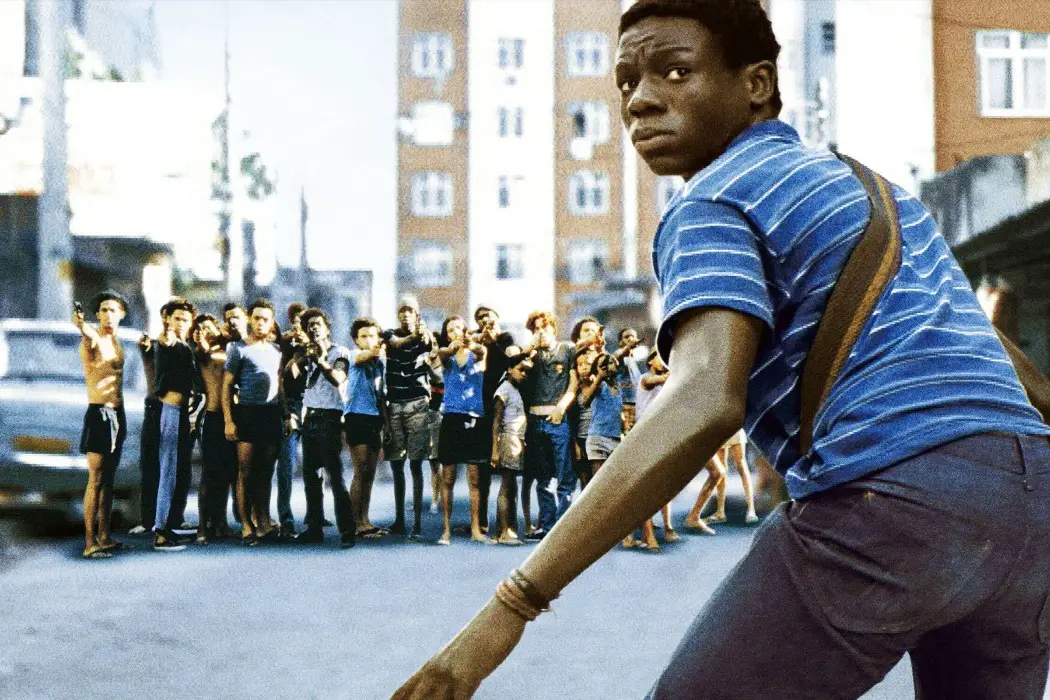
A Film Student at The University of Warwick with a…
One of the greatest aspects in the process of discovering cinema is experiencing new national cinemas: welcoming different languages, aesthetics and styles on the screen. It introduces Western audiences into an understanding of the limitations of Hollywood and the wonderful and vast differences of each unique nation’s cinema and the culture presented within that. One of the most popular entry points for this is Brazil’s City of God.
City of God, like all films, exists partially through its engagement with influences and ideas that have pervaded the history and world of cinema. It itself now exists as a prestigious work of art and a point of reference for future filmmakers. To many people who loved City of God, they would’ve been struck with a mourning for the unique world they left as the credits rolled. In hoping to return to the enchanting images encountered in Fernando Meirelles and Kátia Lund’s masterpiece, there are various pathways that can be taken from City of God in finding other marvels that can potentially foster a similar experience and enjoyment.
For The Love Of God
City of God may be responsible for reenergising an undefined subgenre of cinema – the Favela/Slum film. These films have been ubiquitous in the presentation or national cinema of third world countries. Slumdog Millionaire may be the most renowned example of the attempt to escape from deprivation storyline. This genre offers a platform for heartbreak, violence or feel-good ecstasy depending on each directors approach.
The films offer a narrative strung upon the core reliance of an examination of poverty and impoverished culture in slum ridden societies. The film’s subjects are never its intended audience; the genre could easily function as if it were a charity appeal. It is as heartbreaking as it is enlightening due to its audiences being so embellished in comparative privilege. The slum film offers an immense detachment for its privileged audience; creating it as a despondent yet inconceivable dystopian world. However, the reality of the existence of these dystopian worlds is what so often invites an extremely realist approach to the genre, presenting the devastating and neglected images of the third world and evoking empathy with its characters and real life inhabitants.
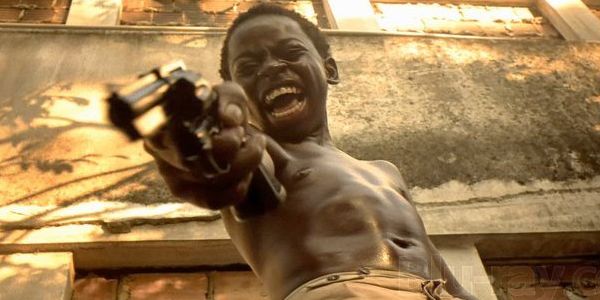
The Oscar nominated crime film shows a world so foreign to Western privilege; drug and crime infested slums are home to desensitised children who exist within the confinements of an apathetic society. When watching City of God it’s easily understandable why it’s so accessible to Western audiences – if you strip the plot back to it’s basic outline, it is essentially about (without understating the film) a dangerous and violent drug war. This paradigm for action films pervades Hollywood: you could sell the basic plot to a second rate Hollywood director, star Vin Diesel and be on your way to a very successful blockbuster.
Yet, the simple idea of gang warfare and the graphic violence that ensues is not the substance of City of God. You could watch a hundred Hollywood productions along the same idea and never leave the cinema with the unique feeling you do with City of God. It has to be created with a level of authenticity which allows its audience to juggle feelings of unrelenting thrill along with opposing feelings of heart-wrenching guilt for the neglect of these children. Meirelles and Lund generate this culmination of contrasting emotions through his intricate emphasis on highlighting and displaying this abandoned society.
Meirelles and Lund’s style is crucial to creating this authenticity and its imbedded into the core of the film: the documentary-like approach, the samba score and the bright pallet all correlate to deliver this striking perception of Brazil. It merges sincere images of deprivation within a larger setting of a country engulfed by a culture of vibrancy. City of God offers the West an unfamiliar but authentic world for its thrilling plot and it is this tragic world and subsequently the characters that are adopted by this world that the audience holds such reverence for.
The tragedy and moral decadence that permeates this impoverished society and the children who live within it are the heart of the film. The films evocation exists on the fact that despite our attachment with the mode of fictional cinema as fantasy, through its self-reflexive documentary style we are overtly told – this is reality.
Other Favela Fantasies
Cinema has since tried to replicate the success and adulation of City of God, yet its attempts have often felt rather contrived. The unofficial sequel City of Men, a film version of the spin-off TV series, is the obvious place to go if you loved City of God, but it feels slightly perfunctory and empty in comparison. It offers the same dangerous streets, the same coolness and even heightens the gunplay. But, it all seems a little artificial and commercialised, playing off of the success of its predecessor.
The story doesn’t hold the same emotional weight, it doesn’t hold the same distressing realism and the characters feel less developed. It maintains its aesthetic and the gritty crime of the original and as sequels go, it’s far from an awful attempt. But, it doesn’t offer the same punch that City of God did and falls a little flat in trying to reach the heights of its ambition. Yet, for lovers of City of God, this is a film that was made with the purpose of replicating the first and with Meirelles and Lund’s returning input, it’s as close as you will find, even if it may not be the best.
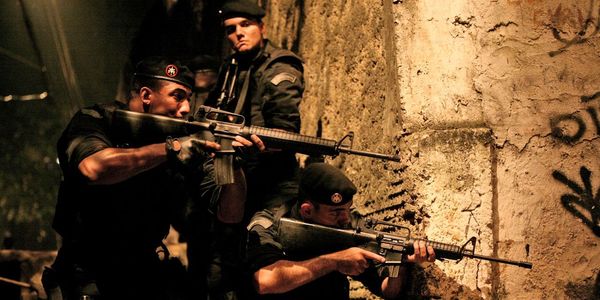
Another option for reimmersing into Favela crime, is City of God writer, Bruallio Mantovani’s Elite Squad films – focusing on the police corruption amidst crime in Brazil. The films act as more of an explanation to Brazilian crime rather than a display of it to the extent City of God presented it, but violence is still readily available. They fail to offer the same in-depth look on the individuals entrapped within favela life and unfortunately they abandon the much beloved realist style of City of God.
However, the films certainly still offer a high octane excitement, whilst delivering new heroes, albeit, controversial ones. Elite Squad doesn’t offer the same chaos, the same grittiness or the authenticity that made City of God so powerful, so, in looking for City of God 2.0, this probably isn’t it. But, Brazilians adored both films on their release, so, simply for love of Mantovani’s writing, or just a further exploration of Favela violence, Elite Squad and its sequel still offer a worthy return to Brazil.
Brazilian Film
When searching for a film that simply offers more insight into wondrous Brazilian culture, Black Orpheus is the well-worthy follow up. The film is realistically very different from City of God, but, it’s recognised as a masterpiece for different reasons. The film’s retelling of Orpheus and Eurydice is presented within the allure of Brazilian culture through the encapsulating spectacle of a Rio De Janeiro carnival. The vibrancy and beauty of Brazil is on full-display with its astounding colour and joyous Bossa Nova, it presents the beauty of Brazil that is perhaps lost within the devastation of City of God. It is a further inquisition to Brazilian culture, whilst simultaneously a detour into a different but equally applauded cinema.
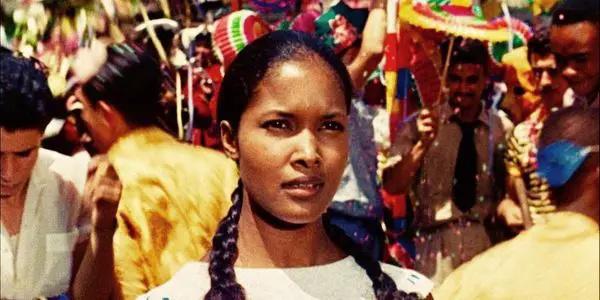
Brazilian Cinema is heavily renowned for its Cinema Novo movement through the 1960’s and 70’s – the films were influenced by the Auteurism of the French New Wave and the social issues of Italian Neorealism. It was antonymous with the preceding films of Brazil: a cinema dominated by comedies and musicals which attempted to replicate the Hollywood structure. Cinema Novo is a fascinating movement and a time-worthy study into Brazilian struggles and their unique cinematic history. Through highlighting the dual existence and connection between crime and deprivation within Brazil, it’s not only an innovative cinematic movement but also a hugely informative cultural study. Glauber Rocha’s films are pivotal to the study of the Novo movement and Black God, White Devil is a perfect starting point for an understanding of the movement.
Alternatively, for a deeper awareness of Brazilian film history the 1931, Limite, is not only a classic of Brazilian cinema but of silent cinema as a whole. Mario Peixoto’s film is an incredible experimental venture which has been revered for its striking photography and avant-garde narrative structure. The image of the handcuffed males hands around the woman’s neck may rank as one of the most striking images in cinematic history. In 2015, The Brazilian Film Critics Association ranked it as Brazil’s greatest film of all time, so, for a love of Brazilian cinema, chronologically and critically this may be the perfect place to begin.
More Than One City
It’s quite possible that Brazil as a space is irrelevant to many people’s love for City of God. Potentially, the space itself is not important at all: what it wins its audiences on is the troubled characters coming of age in third-world poverty or maybe the highly realistic depictions of violence and poverty that blur the distinction between real and fiction.
Luis Bunuel’s Los Olvidados delivers a social realist portrayal of young children unable to escape their backgrounds and forced into crime – the monochrome pallet won’t offer the beautiful aesthetics or anarchic action of City of God, but its narrative is masterfully played out and leaves a reflection and deep despair on the reality of crime and poverty. Bunuel is one of the greatest commentators of class in the history of cinema and Los Olvidados would by many be considered to epitomise the aims of this style of cinema and would surely have been a cite of huge influence for not only City of God but many of the other films mentioned.
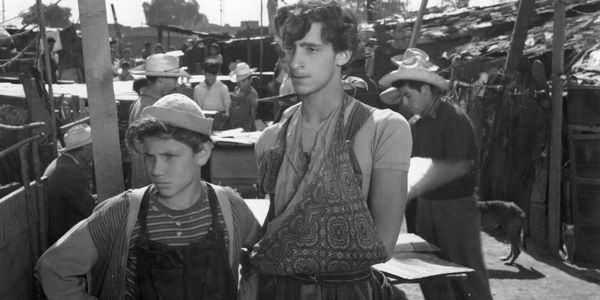
Similarly, Alejandro Gonzalez Iñárritu’s highly acclaimed Mexican film Amores Perros, made two years prior to City of God, offers a powerful social criticism on the disparity of wealth and poverty in Mexico. Its hyperlink structure uses multiple characters, struggling through differing levels of suffering, crime and poverty to present the violent suffering created by the polarising divisions of wealth and power. As Iñárritu’s debut feature, it certainly doesn’t have the same high-budget of his later films and Rodrigo Prieto’s raw cinematography is highly reminiscent of Meirelles and Lund‘s film. The setting feels very different to the world of City of God, but the crime, violence and painful indigence pervades just as harshly.
For a look into criminality and poverty in Africa, Tsotsi, the Oscar winning South-African crime film, offers similar traditions in similar settings to that of City of God. While City of God invites the audience into the violence of the slums, Tsotsi takes you away, following one character’s growth into finding humanity outside of the slums that led him into crime. The action isn’t as fun or Hollywoodised, instead it favours a humanist story, highlighting the morality of slum children who feel forced into crime.
One of the greatest offerings of cinema is its ability to be a window onto the world, it can reflect real depictions of culture that embellish the viewers understanding of the world. In exploring rarely examined cinemas, Touki Bouki and The Harder They Come are wonderful entries from Senegal and Jamaica respectively. The two films offer such depths of their countries individual culture whilst offering many of the themes of crime and poverty explored in City of God. They further emphasise the ignored third-world poverty and the tribulations of people who feel compelled to commit crime to survive. The Harder They Come is even said to have brought reggae to the world, again emphasising how the distinctive sounds of these films present the identity of their people.
The UK and USA have an independent scene that offers copious amounts of crime films and compelling insights into poverty on the doorsteps of Western wealth. Yet, the secluded culture of violence and poverty within a destitute heterotopia that exists in City of God and the previously mentioned films is hard to come by. The simple argument for the non-existence of these films in the US and the UK is that they are unable to offer an authentic portrayal of this pervasive culture of severe poverty, subjugation and criminalised desperation as it simply does not exist to the endemic extent it does in parts of South-America and Africa.
However, Shirley Clarke’s, The Cool World, has alarming similarities to the previously mentioned films. Alarming in the sense that it shows a culture ostracised by American society, forced into its own heterotopia. The Cool World is an exhibition on how to evaporate the line between documentary and fiction filmmaking. The black and white, low production value reflects producer Frederick Wiseman’s own documentaries and could easily be mistaken to be part of his cinema verite films, amongst the likes of Titticut Follies and High School. It is argued by many to be the first Blaxploitation film, but it holds a grittiness and realism that surpasses that of the likes of Sweet Sweetback’s Badasssss Song.
Whilst the film holds the same violence, danger and naturalism as much of Latin Cinema, what is most striking is like other marginalised societies, it holds a unique culture evoked by its sound. Whilst Brazil favoured samba soundtracks and Jamaica favoured reggae, blaxploitation went on to be accompanied by perpetual soul and funk. The Cool World is accompanied by the Jazz sounds of Harlem and musical excellence in the form of Dizzy Gillespie. The Cool World is an enlightening study of black lives in 1960’s America and importantly presents how Black America is marginalised and neglected to the extent it is disturbingly similarly depicted to how third-world cultures are in cinema.
Greater than God?
The attraction of City of God for many is its examination of crime, its documentary-like approach, its violence, its depravity and its disturbing insight into the children who can’t escape the horror they’ve been handed. Pixote, offers all of the criteria and perhaps betters them. Pixote is not just a companion piece but potentially an improvement and the idealisation of what Favela crime films should look like. Pixote has somehow seemingly been lost from popular consciousness, Hector Babenco’s film was nominated for a Golden Globe for Best Foreign Film in 1982 and Roger Ebert placed the film within his esteemed ‘Great Movies’ collection. With the love of City of God, it’s time this haunting masterpiece was resurrected.
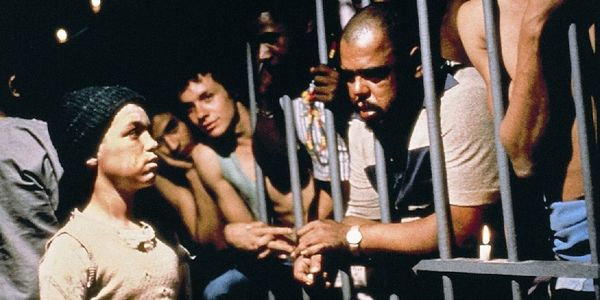
Pixote is in summary, City of God if it had been directed by Vittorio De Sica. It has constantly been applauded for its neo-realist tendencies and documentary-like approach. The film must rank among the great neorealist films based on the lives of children, showing clear influence from the likes of Shoeshine and Children of the Beehive. The film even begins with real footage of Brazilian slums and its inhabitants, delivering terrifying statistics and confessing that this is the Brazil in which the actors live.
Even when you accept that this is fiction, the opening reminds you that this is only fiction to the extent it is a recreation of these young actors’ reality. Testament to the truth delivered through the films presentation, devastatingly, lead actor Fernando Ramos da Silva was killed by police only six years later – a fact that makes the film’s content all the more harrowing.
City of God offers heart pounding, relentless action that you never want to take your eyes away from, Pixote does quite the opposite. It is painful. For all the excitement City of God’s action offers, Pixote offers an equal amount of despair. The film certainly doesn’t indulge in the sometimes criticised “slum-porn”, instead it highlights the issues as critically as if it were a documentary. The violence, the negligence and the suffering the films children have become so accustomed to offer some of the most distressing images ever imprinted onto cinema.
Whilst the children of City of God show an innate talent for the world of crime, the discomfort in Pixote exists in the picture of a naive and impotent child in the role of the drug pusher and at the end of a trigger. These children could be our own, they don’t exist in a setting of filmic fantasy where our sympathies are disillusioned by our simultaneous enthralment. They exist in a bleak and terrifying reality. The violence may be toned down, but when it does appear, it holds an almost unparalleled weight. It is the perfect film for any lover of City of God; for what it leaves behind in sheer excitement, it makes up for in raw emotion. It just may offer an even more powerful depiction of the world City of God alluded to.
City of God is an excellent entry point into World Cinema: the branches of cinematic history in which it connects and creates are vast and marvellous. It can act to invigorate a love of Brazillian cinema, the slum film and many other low-budget crime films across the world. Hopefully, Pixote and the likes will re-emerge in popular consciousness in celebration of Fernando Meirelles and Katia Lund’s masterpiece.
What similar films to City of God do you love? Is there any other films you loved as an entry point into world cinema and would like to explore its influences and similar films? Share your thoughts in the comments!
Does content like this matter to you?
Become a Member and support film journalism. Unlock access to all of Film Inquiry`s great articles. Join a community of like-minded readers who are passionate about cinema - get access to our private members Network, give back to independent filmmakers, and more.
A Film Student at The University of Warwick with a love for all things cinema. Especially interested in post-war Japanese cinema.













